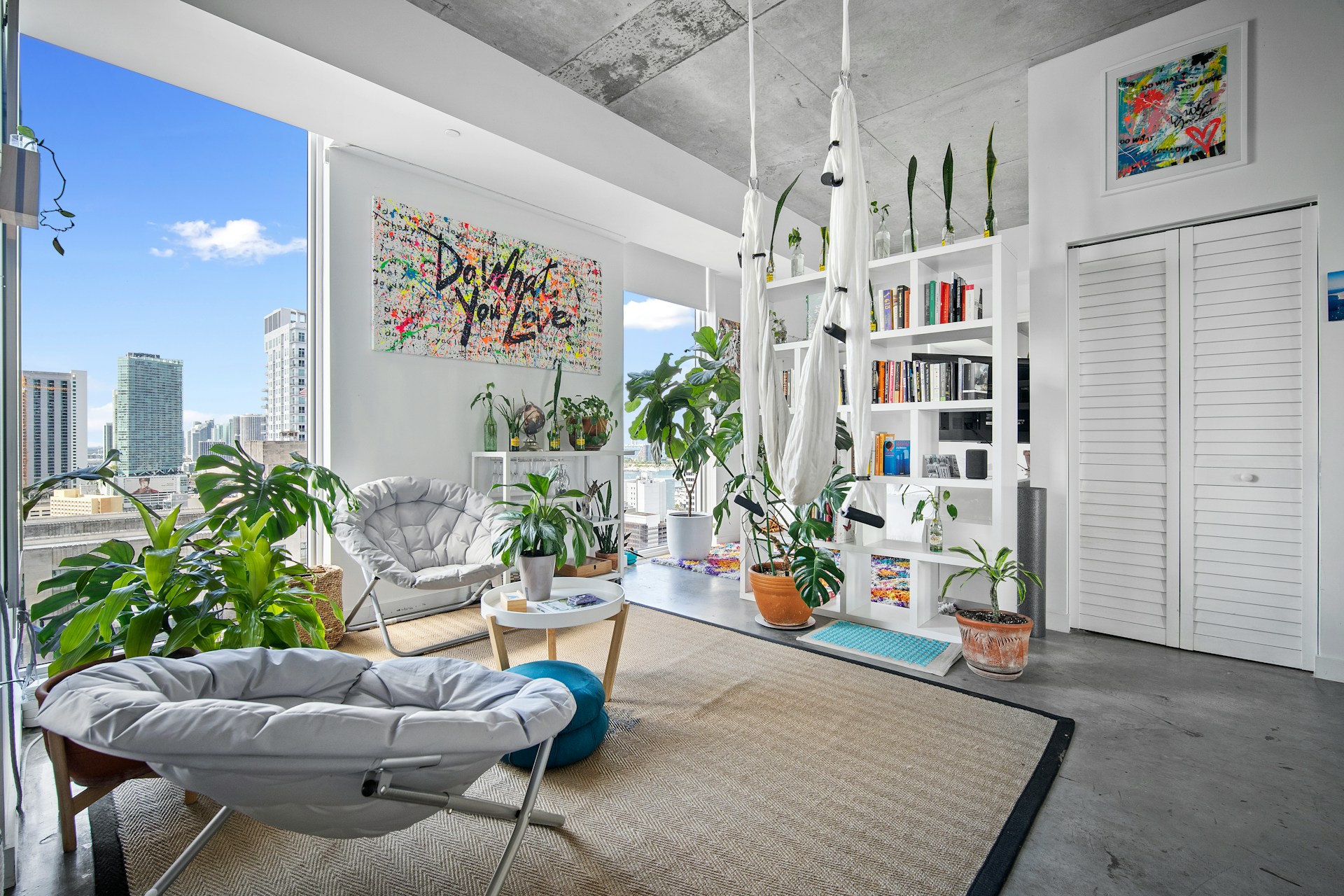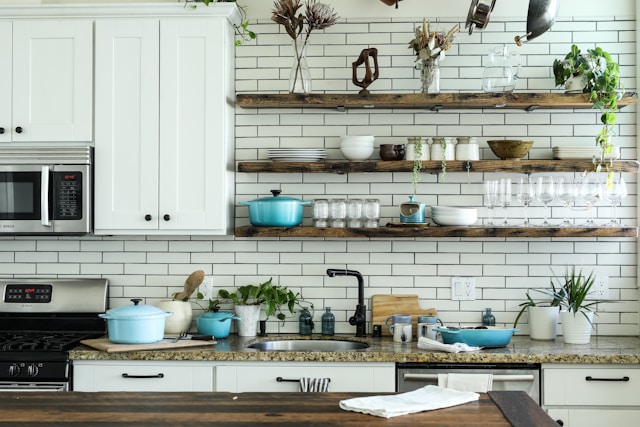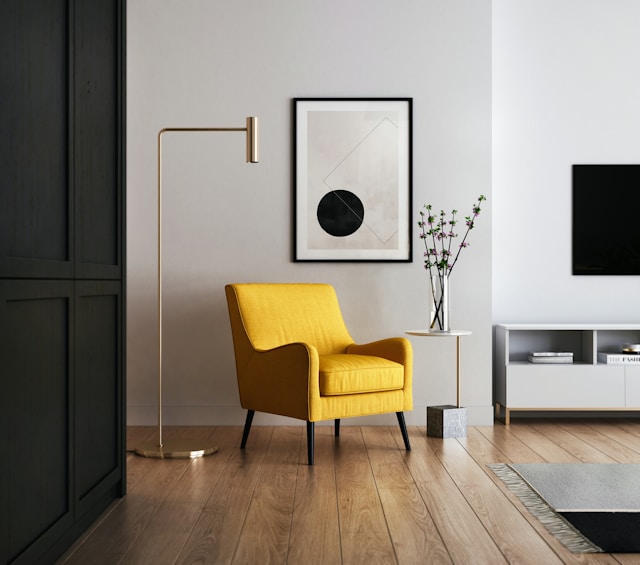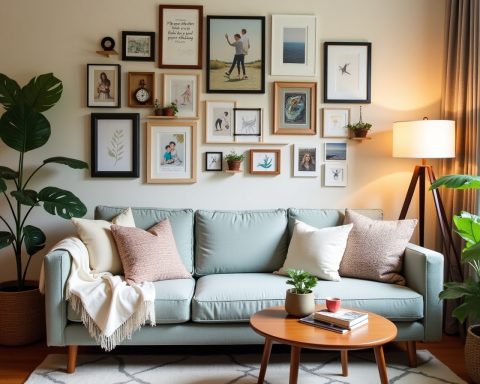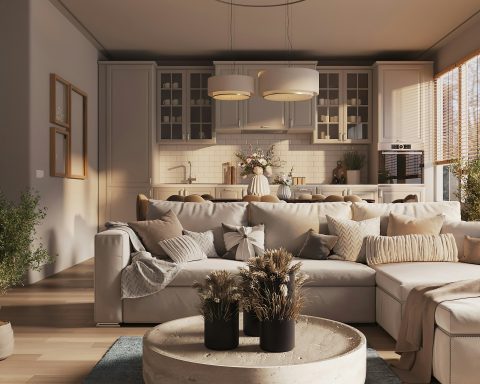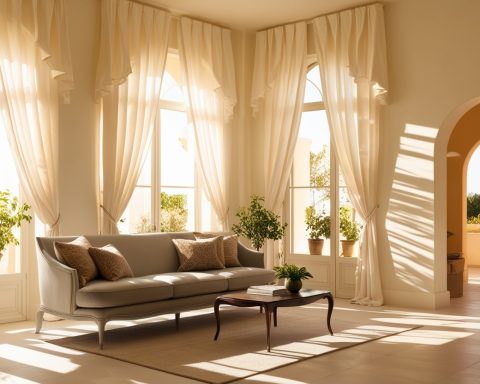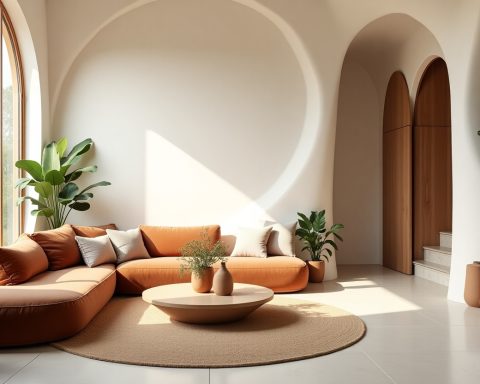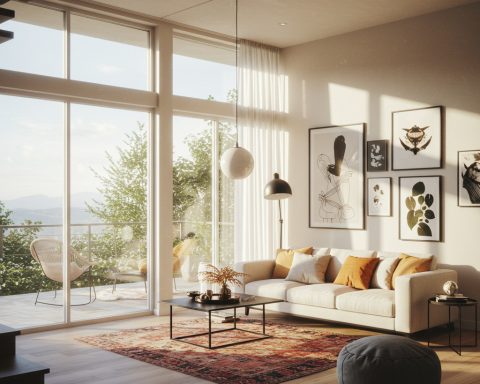Interior design can transform a space into a personal sanctuary or a professional statement—but even the smallest design misstep can undermine the overall aesthetic and functionality. At our core, we believe that exceptional design is a balance between form and function. Whether you’re revamping a home, office, or commercial space, avoiding these 10 common interior design mistakes will help ensure your project is successful and visually cohesive.
1. Poor Lighting Choices That Kill the Ambiance
Lighting is one of the most overlooked yet crucial elements in interior design. A beautifully decorated room can appear dull and lifeless under insufficient lighting. Many people rely solely on overhead lighting, which flattens the room’s appearance and creates harsh shadows.
How to Avoid It:
Layer your lighting. Incorporate ambient lighting (overhead), task lighting (desks, countertops), and accent lighting (wall sconces, floor lamps). Natural light should be maximized using sheer curtains and strategically placed mirrors.
2. Ignoring Scale and Proportion
Furnishing a space with items that are too large or too small ruins the room’s balance. A huge sectional in a small living room can make the space feel cramped, while tiny decor pieces in a large room can look lost.
How to Avoid It:
Use a scale drawing or a room planning app before purchasing furniture. Opt for proportional pieces and remember to leave negative space for breathing room. Measure everything—wall height, window placement, and floor dimensions.
3. Overcrowding a Room with Furniture
Less is often more. Filling every inch of space with furniture not only clutters the room but also hinders flow and function.
How to Avoid It:
Be selective. Choose fewer, high-quality pieces that serve multiple functions. Floating furniture arrangements and leaving walking space between items improves both aesthetics and usability.
4. Choosing Paint Colors Too Early
One of the biggest mistakes homeowners make is selecting paint before deciding on furniture and fabrics. The wrong wall color can clash with your furnishings and throw off the entire room’s harmony.
How to Avoid It:
Always finalize paint colors after choosing the major furnishings. Test paint samples on the wall and observe them at different times of the day to see how light affects the shade.
5. Hanging Artwork Too High or Too Low
Art placement significantly affects the wall’s visual appeal. Hanging art too high makes it feel disconnected from the room, while too low can make the ceiling seem lower.
How to Avoid It:
As a rule of thumb, hang artwork so that its center is at eye level—about 57 to 60 inches from the floor. For gallery walls, maintain equal spacing and a cohesive theme.
6. Neglecting Vertical Space
Most designs focus horizontally, leaving the upper half of rooms barren. Underutilizing vertical space wastes valuable real estate and makes rooms feel smaller.
How to Avoid It:
Incorporate tall bookshelves, hanging plants, ceiling-high curtains, and vertical wall art. Using vertical elements draws the eye upward, making ceilings appear higher and rooms feel more expansive.
7. Matching Everything Too Closely
Too much matching creates a sterile, showroom look. A space lacking contrast appears flat and uninspired.
How to Avoid It:
Blend textures, patterns, and materials. Pair leather with linen, metal with wood, and bold patterns with neutrals. Aim for a curated look by mixing vintage pieces with modern ones to add depth and personality.
8. Forgetting About Functionality
Design that prioritizes looks over function leads to discomfort and frustration. Rooms must serve the people living in them.
How to Avoid It:
Start with your lifestyle needs. Aesthetics should support functionality. For instance, choose durable materials in high-traffic areas, and opt for storage-integrated furniture in smaller spaces.
9. Using Rugs That Are Too Small
An undersized rug makes furniture appear disconnected. Rugs are not just decorative—they help define spaces.
How to Avoid It:
Ensure that at least the front legs of your furniture rest on the rug. In living rooms, the rug should be large enough to anchor the main seating area. In bedrooms, it should extend at least two feet beyond the sides of the bed.
10. Skipping Personal Touches
Rooms that look like magazine spreads may lack soul. Generic decor doesn’t tell your story or make the space feel truly yours.
How to Avoid It:
Incorporate personal elements—travel souvenirs, family photos, heirloom pieces, or DIY art. Personal touches make a room feel authentic and lived-in, creating emotional connection and comfort.
Final Thoughts
Interior design is both an art and a science. Avoiding these common mistakes will elevate your space’s style, improve functionality, and create an environment that truly reflects your personality and purpose. Every design choice should be intentional, balancing beauty with practicality.
